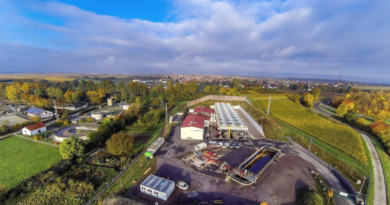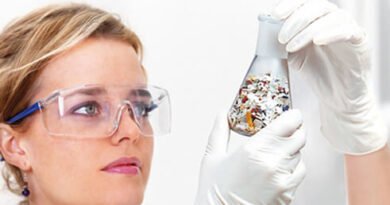The mechanism of UV germicidal effect rationalize UV cleaner-recirculators
Ultraviolet irradiation is an established method to control and reduce airborne diseases by rendering viral and bacterial agents unable to reproduce. Latvian company Biosan manufactures devices, that utilize UV for disinfection since 2004, so over the years they have accumulated extensive amount of knowledge related to this topic.
Ultraviolet irradiation is a well-studied method for air, water and surfaces decontamination that has been successfully used against various pathogens. Ultraviolet radiation has a lethal effect on plant, bacterial viruses (phages) and unicellular organisms (microbes and protozoa). The lethal effect is manifested in the loss of the ability of viruses and phages to reproduce intracellularly, and in microorganisms — in the death of cells before the first division or in the early generations. When radiation is absorbed by nucleic acid molecules in DNA, pyrimidine bases, mainly thymine, dimerize. Inactivation of RNA viruses involves more than just pyrimidine dimers. Hydrates of pyrimidine bases also make a significant contribution to inactivation, explains the group of authors from Biosan.
The lethal effect spectra have a nucleic acid maximum at 260–265 nm. For individual organisms, both “protein” with a maximum at 280 nm and spectra of lethal effect with maxima at 260 and
280 nm are described, suggesting that proteins and nucleic acids are also involved in the absorption of UV light. Despite the microbial ability to recover from the photodamage by photoreactivation, at high doses, microorganisms can be inactivated down to log 7 (99.99999%) reduction. It have been shown, that the cause of 2020 pandemics, SARS-CoV-2 is susceptible
to UV irradiation with significant damage caused at doses below 12 mJ/cm2.
It was determined that the disease pathogen, virusSARS-CoV-2, transmitted in multiple ways, but mainly through airborne transmission. Particularly, the virus spread human-to-human within respiratory droplets or aerosols from sneezing and coughing. Similarly, other infectious diseases, such as flu (Influenza), tuberculosis (Mycobacterium tuberculosis) and tularemia (Francisella tularensis) are believed to transmit through the air to a significant extent. Few bacterial cells are enough to infect human with tuberculosis or tularemia. These diseases could be fatal if untreated.
The air-decontaminating effect of the ultraviolet light (UV) was noticed as early as 1877 and not only explicitly proven itself effective against many airborne pathogens (e.g. tuberculosis or flu) but also served to prove that air was a vector for certain infectious agents. There is also evidence
of SARS-CoV-2 susceptibility to UV. Biosan offers a number of products exploiting UV for decontamination, as example, UV-cleaner boxes
purposed for operations with DNA and RNAand UV cleaner-recirculators for room air disinfection.




